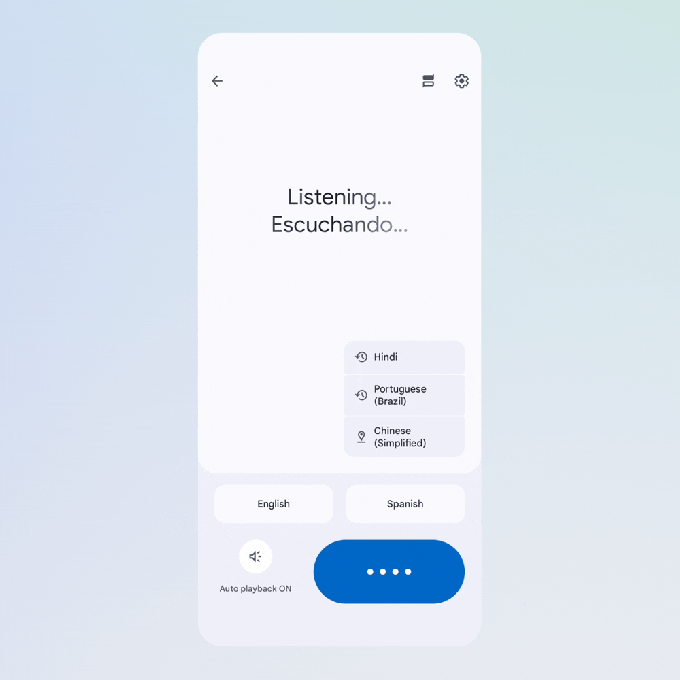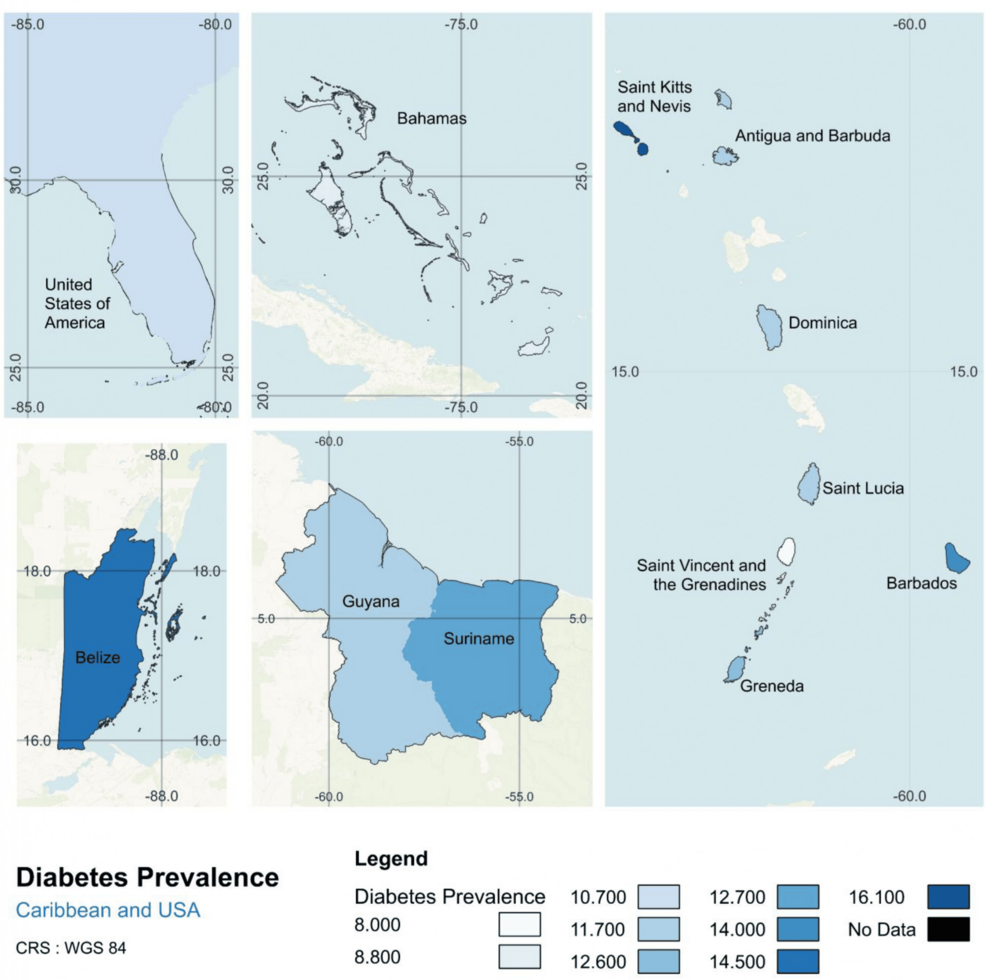Google is putting AI-powered language learning tools into its Translate app. The new feature, rolling out now in beta, can create customized language lessons based on your skill level and your purpose for picking up a new language, such as vacationing in another country.
For now, Google Translate can only help English speakers practice Spanish and French, as well as help Spanish, French, and Portuguese speakers practice English. When you tap the new Practice button in the Google Translate app, you can select your skill level and describe your goal. You can also choose from preset scenarios, such as using the language for professional conversations, everyday interactions, talking with friends and family, and more.
Google will then use its Gemini AI models to generate a lesson based on your response. If you tell Google that you have intermediate Spanish skills and want to communicate with your host family while studying abroad, Translate might create a recommended scenario to help you learn about meal times. From there, you can either practice speaking about the topic with Translate or listen to conversations and tap the words you recognize.
“These exercises track your daily progress and help you build the skills you need to communicate in another language with confidence,” Matt Sheets, a product manager at Google, said during a press briefing. The setup sounds a bit similar to Duolingo, which also tailors lesson plans based on your skill level and goals.
Additionally, Google has launched a live translation feature in the Translate app, allowing you to have back-and-forth conversations with someone even if you don’t speak the same language. The feature translates your speech into your speaker’s preferred language by creating an AI-generated transcription and audio translation, and vice versa. Unlike live translation on the Google Pixel 10, the Google Translate app doesn’t try to make the AI-generated audio sound like your voice, but Sheets told reporters that the company is “experimenting with different options there.”
Live translation is currently available to users in the US, India, and Mexico, and works in more than 70 languages, including Arabic, French, Hindi, Korean, Spanish, and Tamil.










